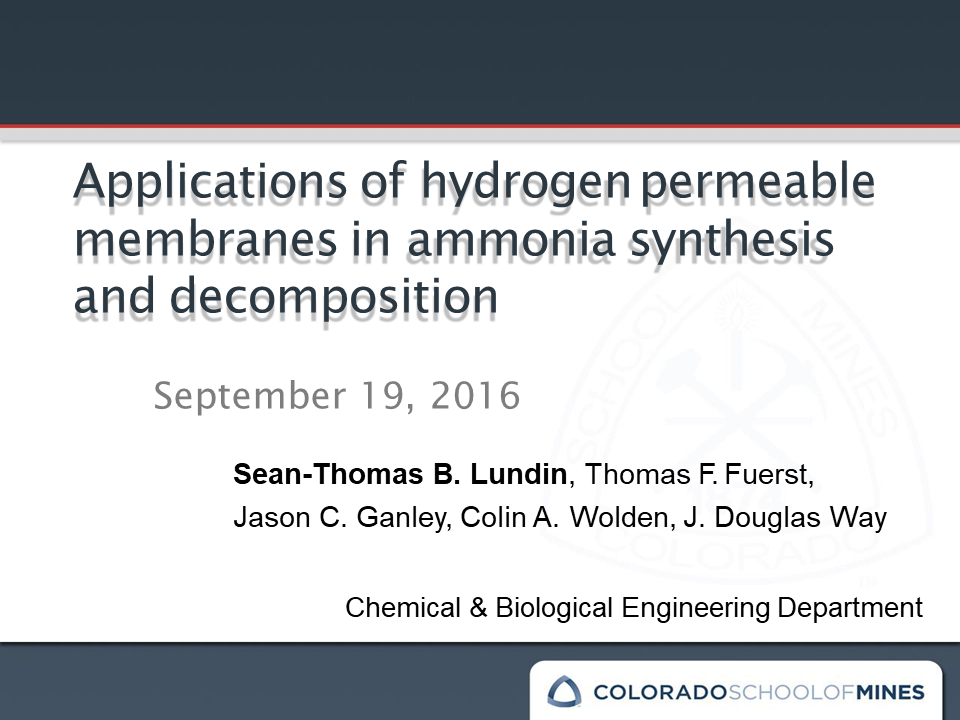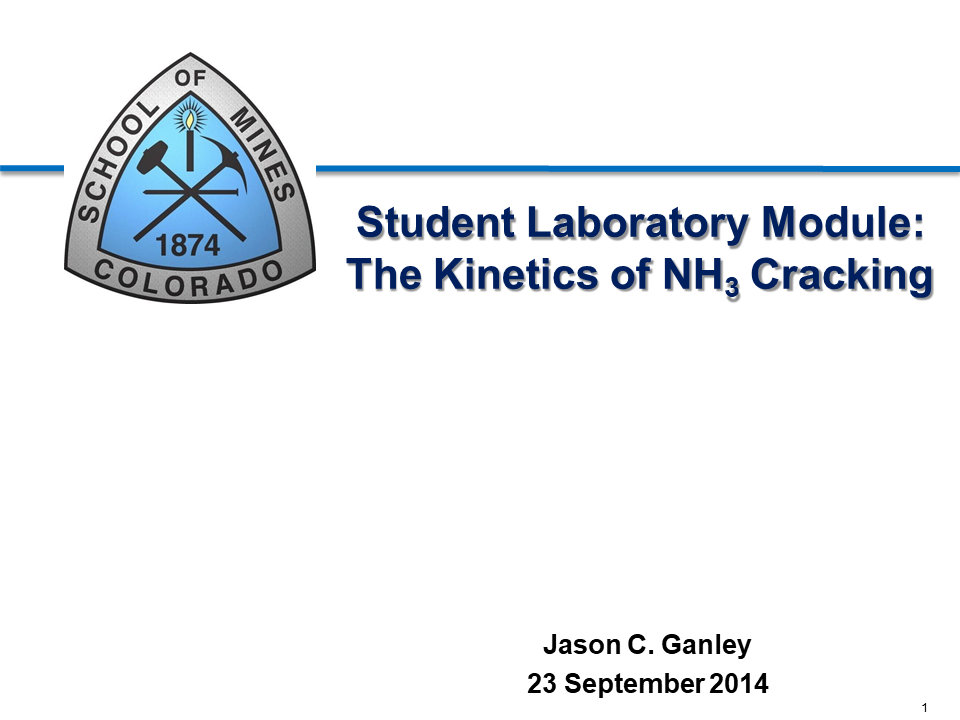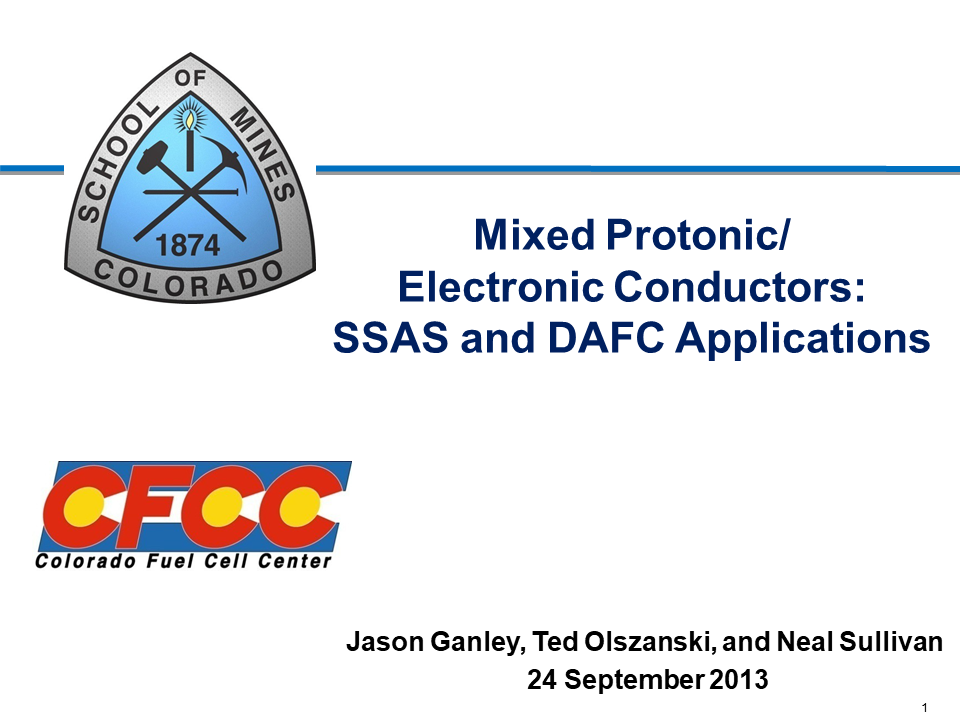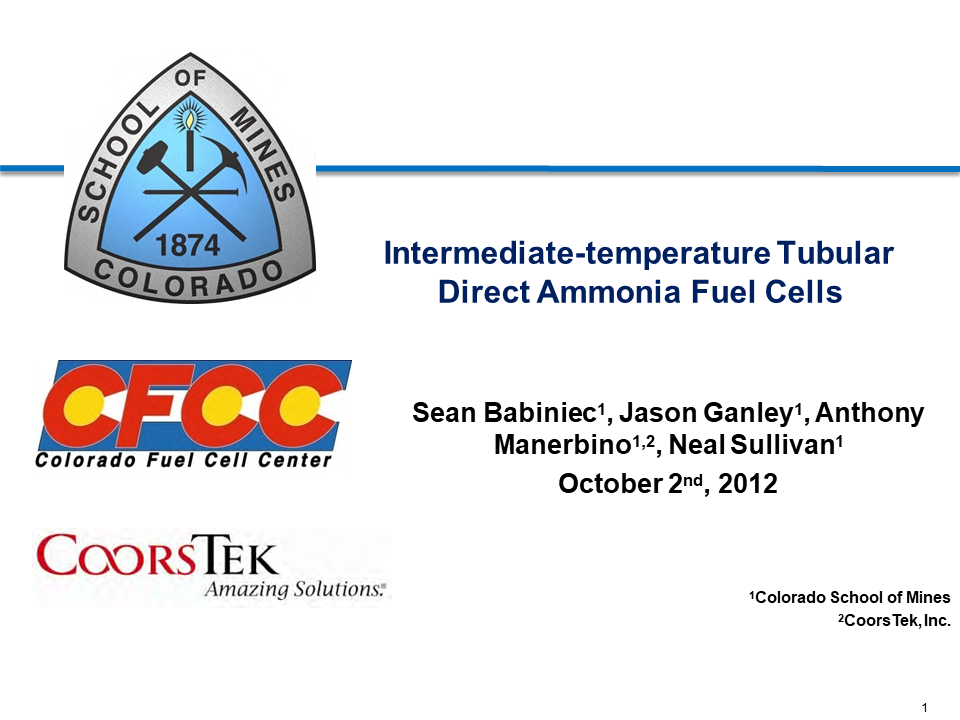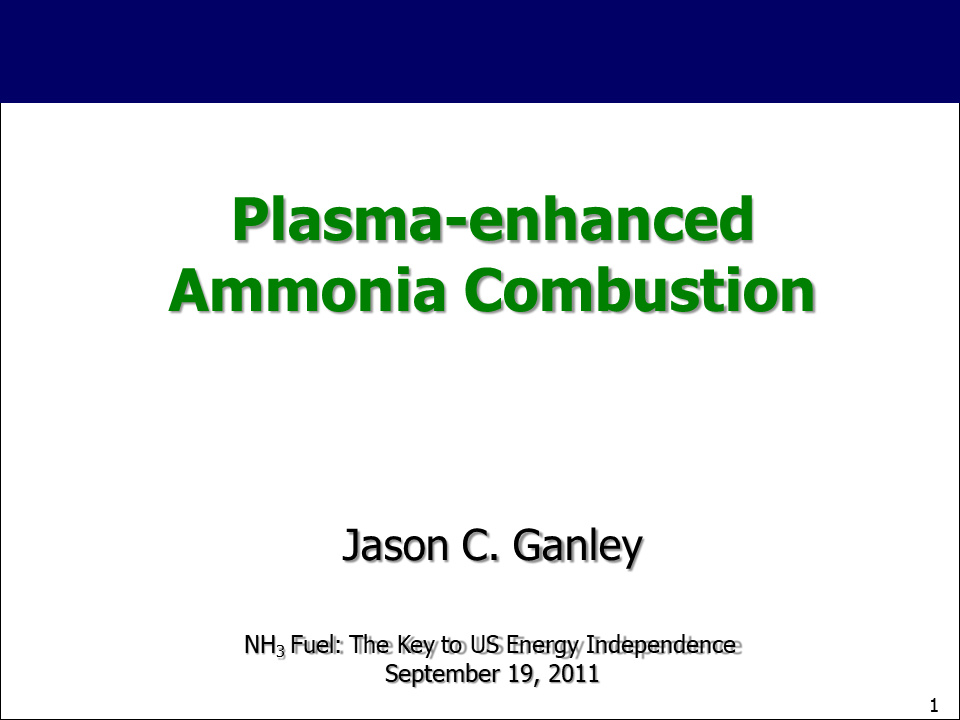Presentation
Advanced Catalysts Development for Small, Distributed, Clean Haber-Bosch Reactors
The traditional Haber-Bosch (HB) synthesis of anhydrous ammonia will adapt to clean power by sourcing the hydrogen from renewable electrolysis. However, the very large scale of current HB plant designs are not well-matched to smaller and more distributed clean power resources. Plant/reactor designs need to be made at a smaller scale in order to best utilize clean hydrogen. Small, megawatt scale HB reactors have an additional advantage of being better able ramp up and down with variable renewable power. This talk will detail ARPA-e funded work into the design and optimization of these smaller, clean NH3 reactors, which utilize much…


